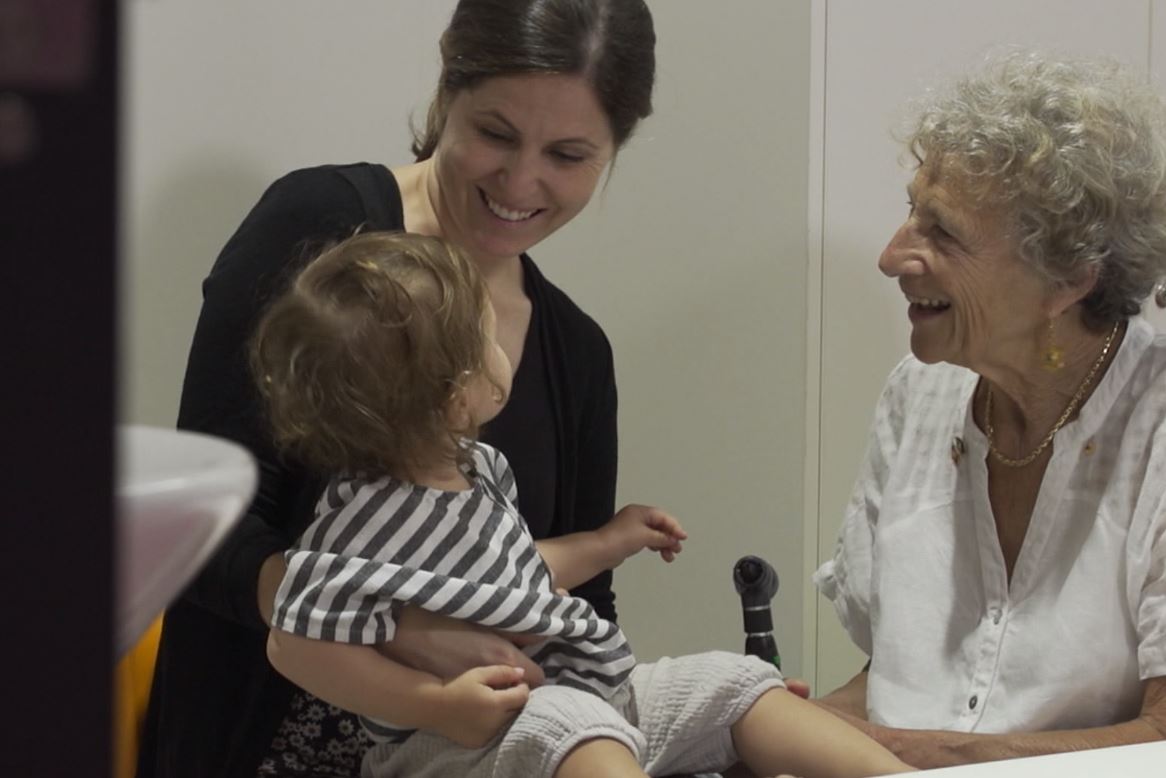Search
Showing results for "aboriginal respiratory"
Research
Clinical predictors of hypoxic pneumonia in children from the Eastern Highlands Province, Papua New Guinea: secondary analysis of two prospective observational studiesPneumonia is the leading cause of death in young children globally and is prevalent in the Papua New Guinea highlands. We investigated clinical predictors of hypoxic pneumonia to inform local treatment guidelines in this resource-limited setting.
Research
A Meta-analysis on the Role of Children in Severe Acute Respiratory Syndrome Coronavirus 2 in Household Transmission ClustersThe role of children in the spread of severe acute respiratory syndrome coronavirus 2 (SARS-CoV-2) remains highly controversial. To address this issue, we performed a meta-analysis of the published literature on household SARS-CoV-2 transmission clusters (n = 213 from 12 countries). Only 8 (3.8%) transmission clusters were identified as having a pediatric index case.
Research
Using causal directed acyclic graphs (DAGs) to select patient-important outcomes in transplantation trials—interventions to treat polyomavirus infection as an exampleTom Snelling BMBS DTMH GDipClinEpid PhD FRACP Head, Infectious Disease Implementation Research 08 6319 1817 tom.snelling@thekids.org.au Head,
Research
Immunogenicity of pneumococcal vaccine schedules in high-risk infants in Papua New GuineaDeborah Lea-Ann Peter Peter Ruth Lehmann Kirkham Jacoby Richmond Thornton AO, MBBS, MSc PhD BA (Hons) MSc MBBS MRCP(UK) FRACP PhD Honorary Emeritus
Research
A systematic review of the evidence that swimming pools improve health and wellbeing in remote Aboriginal communities in AustraliaThe benefits that swimming pools may bring to to ear and eye health in remote Aboriginal communities remains unresolved
Research
Histo-blood group antigen profile of Australian Aboriginal children and seropositivity following oral rotavirus vaccinationHisto-blood group antigens (HBGAs) may influence immune responses to rotavirus vaccination.
Research
Discrete choice experiment to evaluate preferences of patients with cystic fibrosis among alternative treatment-related health outcomes: A protocolThe aim of this study is to identify and quantify the preferences of patients with cystic fibrosis regarding treatment outcomes
Research
Trial refresh: A case for an adaptive platform trial for pulmonary exacerbations of cystic fibrosisThis review will discuss the necessary steps required for a Bayesian adaptive platform trial to optimize treatment of pulmonary exacerbations of cystic fibrosis
Research
Influenza vaccination in pregnancy among a group of remote dwelling Aboriginal and Torres Strait Islander mothers in the Northern TerritoryWe examined uptake of inactivated influenza vaccination in pregnancy and report adverse birth outcomes amongst a predominantly unvaccinated group

News & Events
Outstanding mentor named Eureka prize finalistLeading infectious diseases researcher, Clinical Associate Professor Deborah Lehmann AO, has been named a finalist for the Australian Museum Eureka Prizes for her work training and mentoring a new generation of researchers.
